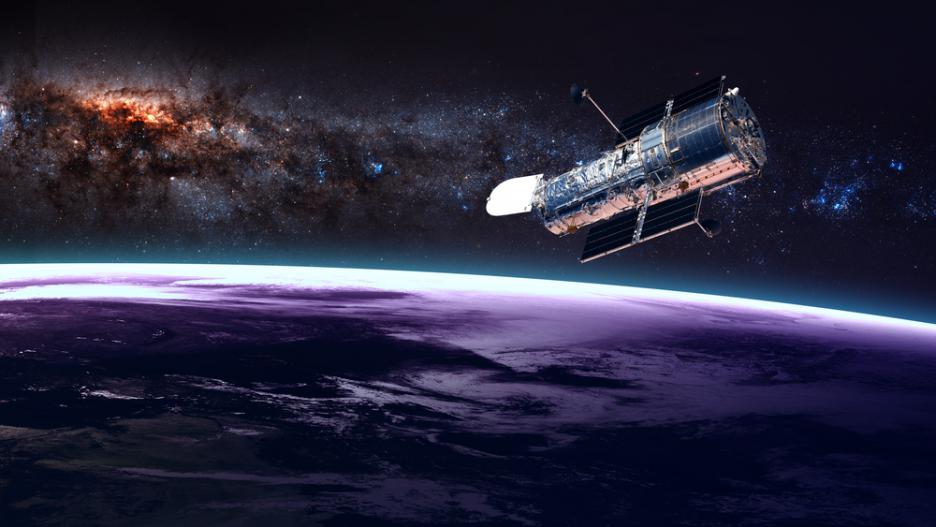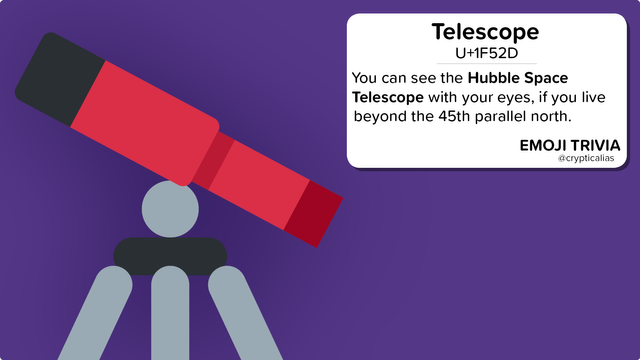
On this date in 2000 resumed observations with the Space Telescope "Hubble". For the project was juicy Lyman Spitzer, a professor at Yale University. He was the first to theoretically work on the idea of building a large space telescope.
In 1975, the government stubbornly refuses to provide the necessary funding for the space telescope. The project was approved by Congress until 1977 telescope was established as a joint project of NASA and the European Space Agency. The telescope is one of four "Great Observatories" along with NASA Compton Gamma Radiation Observatory, the Chandra X-ray Observatory and Spitzer Space Telescope, all brought into orbit.
Initial plans are putting a telescope in orbit to happen in 1986, but because of the crash of the space shuttle "Challenger" he was posted to orbit on April 25, 1990 by "Discovery".
The first images sent back to Earth, however, are unclear. Analysis shows that the shape of the primary mirror is not perfect - the edges are 2.3 micrometers flatter than necessary. Engineers find a solution to the system Costar - a series of optical instruments that offset the effects of spherical aberration and allow the telescope to function normally.
In December 1993 the crew of the shuttle Endeavor used repair tools previously never been used in space, but successfully installed the system, changing planetary camera, change gyroscopes and install new solar panels.
And "Hubble" is sent to Earth spectacular images of stars, galaxies, nebulae. The scientific results help astronomers solve some of the most pressing problems in astronomy. For example, some time ago there was a hypothesis that the center of some galaxies may have black holes and only rarely was no evidence that black holes at the center of some galaxies exist.
"Hubble" shows something completely different - black holes found at the center of all galaxies. It is using the "Hubble" Scientists already know and that there is a close relationship between the mass of the black hole and properties of a galaxy.
With "Hubble" are studied and planets - was studied Jupiter's atmosphere, made images of Mars are studied dwarf planets Pluto and Eris. Other findings are protoplanetarnite disks in the Orion Nebula and the discovery of extrasolar exoplanets.
This post has received gratitude of 0.61 % from @appreciator thanks to: @martinio6.
Downvoting a post can decrease pending rewards and make it less visible. Common reasons:
Submit
Great post👍 by the way:


Downvoting a post can decrease pending rewards and make it less visible. Common reasons:
Submit